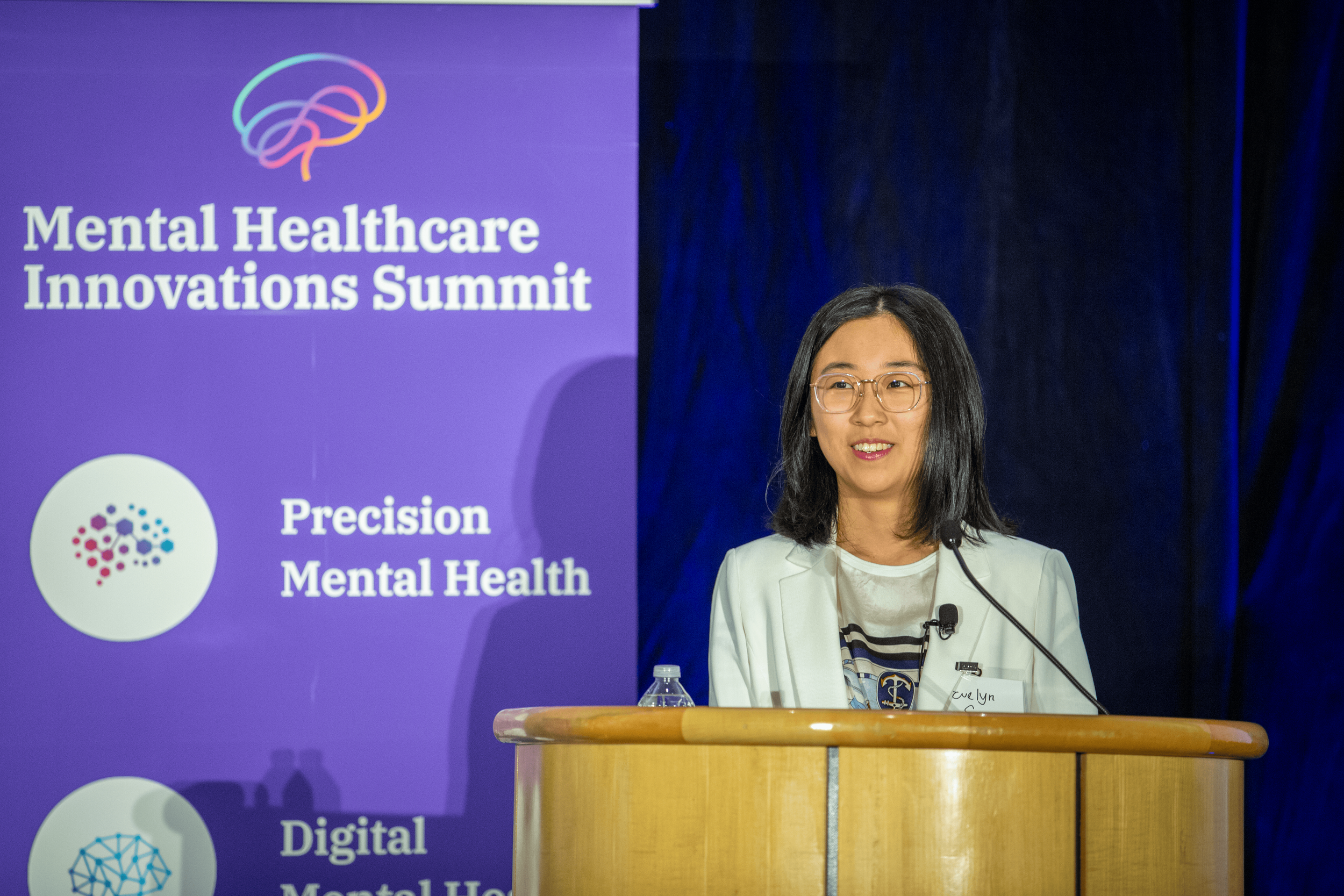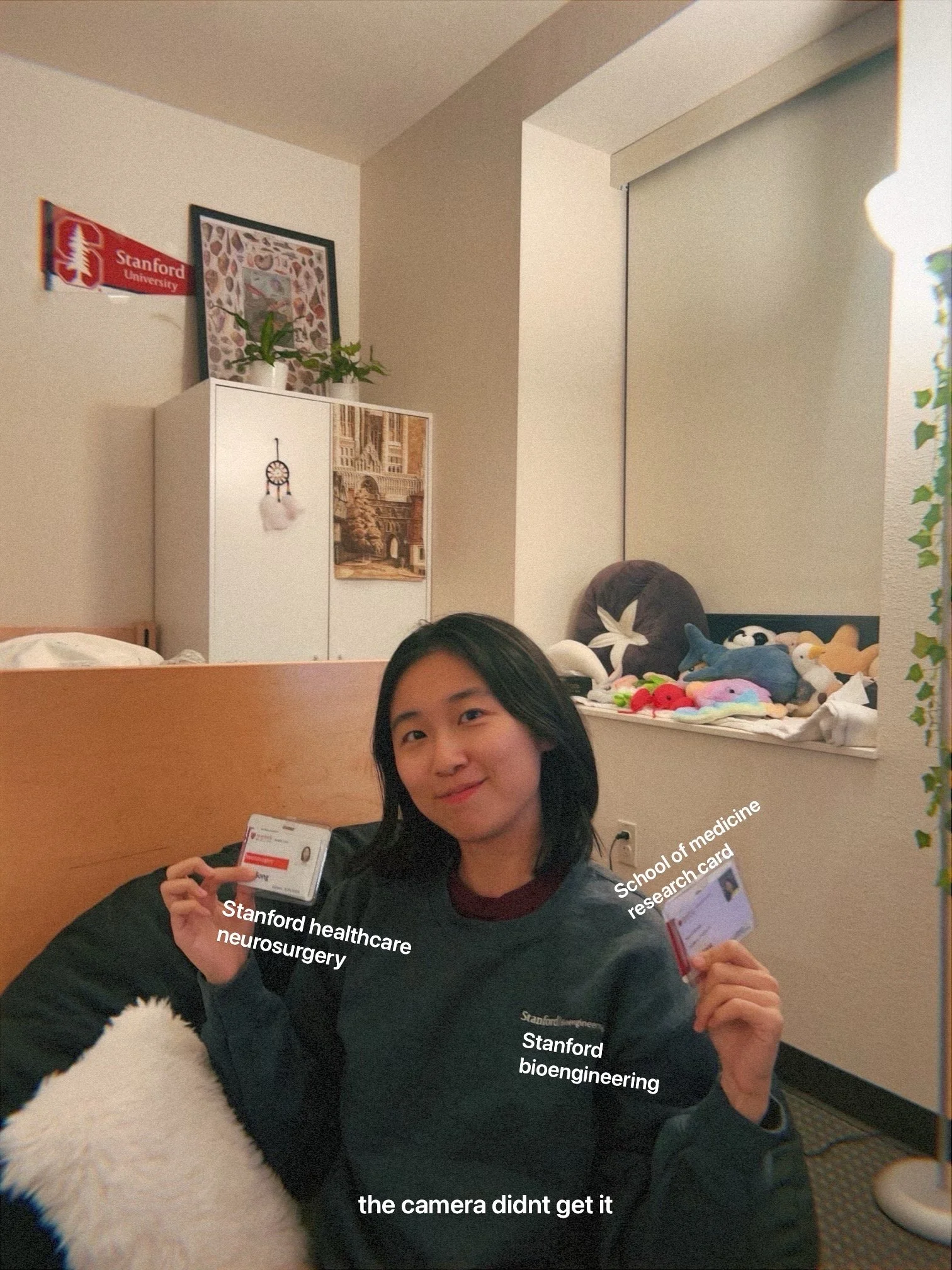The Science Behind the Soul Work
During my time at Stanford, I worked on building machine learning models that interpret fMRI data to predict antidepressant response. This project became the foundation of the world’s first precision psychiatry clinic.
The brain doesn’t whisper in binary — but our models are learning to listen.
Precision Medicine for Depression
🧬 Developing a brain-based biomarker to guide antidepressant treatment
Published in Biological Psychiatry, 2024
Read the paper →
For this work, I was invited as a speaker to the Mental Healthcare Innovations Summit @ Stanford Medicine.
AI for Mental Health
🧠 What happens when a chatbot tries to help someone in the middle of a mental health crisis? Can we trust AI to act like a therapist?
At Stanford’s AI Institute, I co-led a project exploring how safe and emotionally responsible large language models are when used in therapy-like conversations. We tested popular AI chatbots in high-risk scenarios—like when a user shares feelings of depression or suicidal thoughts—and uncovered serious safety risks in how these systems respond.
This work sits at the intersection of ethics, language, and mental health, helping guide how future AI should listen, respond, and care.
Pediatric Psychiatry & Neurosurgery
During my time at Stanford Hospital, I worked at the intersection of mental health and brain technology—splitting my internship between two extraordinary teams.
On one side, I supported Dr. Richard Shaw and the pediatric psychiatry team, where I learned how trauma, development, and mental illness unfold in the lives of young patients. I helped translate care discussions, observed clinical cases, and saw firsthand how compassion and clinical science come together in healing.
On the other side, I shadowed Dr. Jaimie Henderson, a world leader in brain-computer interfaces and functional neurosurgery. I observed awake brain surgeries and the implantation of neural interfaces, witnessing how BCI technology could one day restore movement, communication, and dignity for people with severe neurological conditions.
From child psychiatry to cutting-edge neurosurgery, this internship shaped my vision of healthcare: deeply human, deeply technical, and always rooted in hope.



